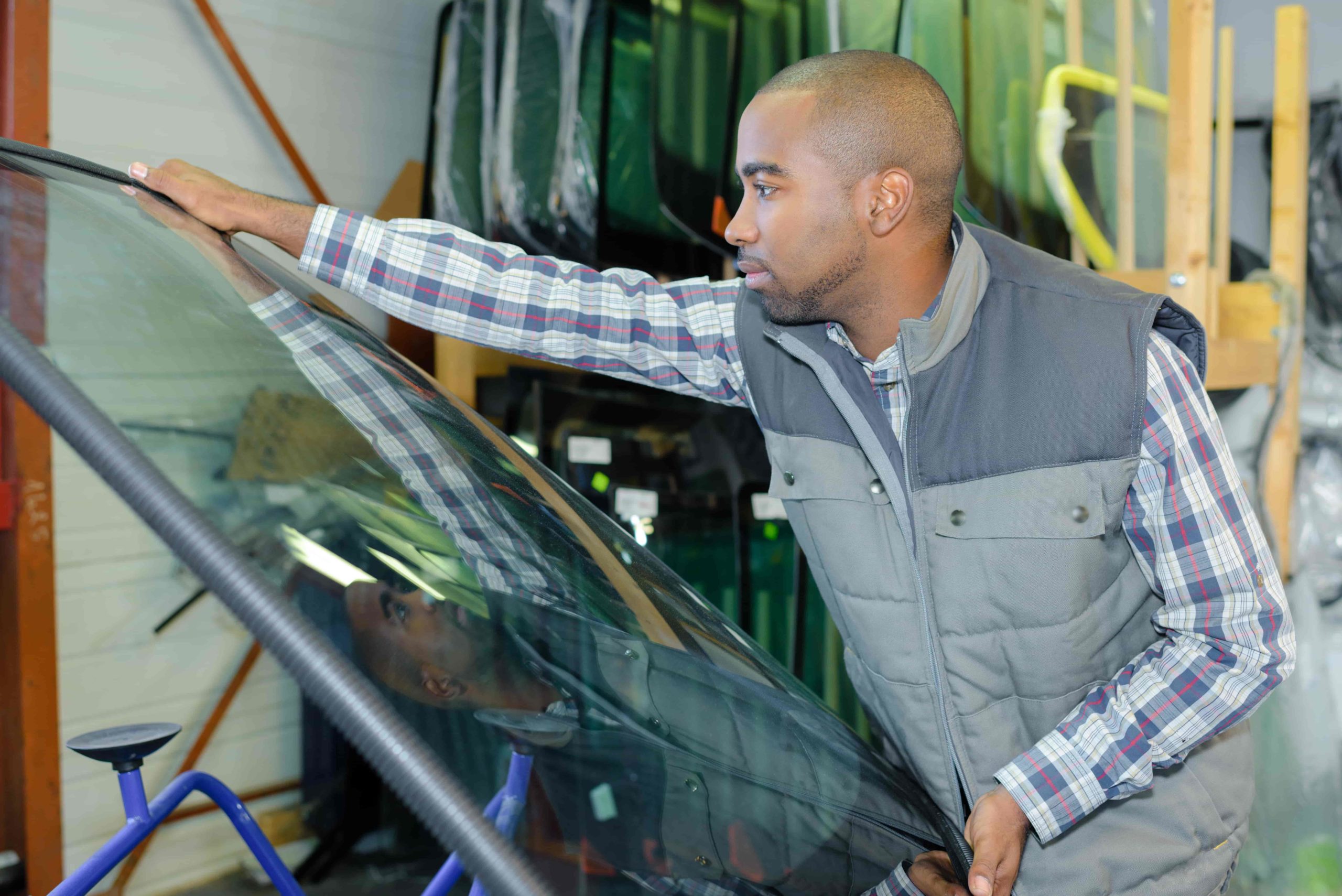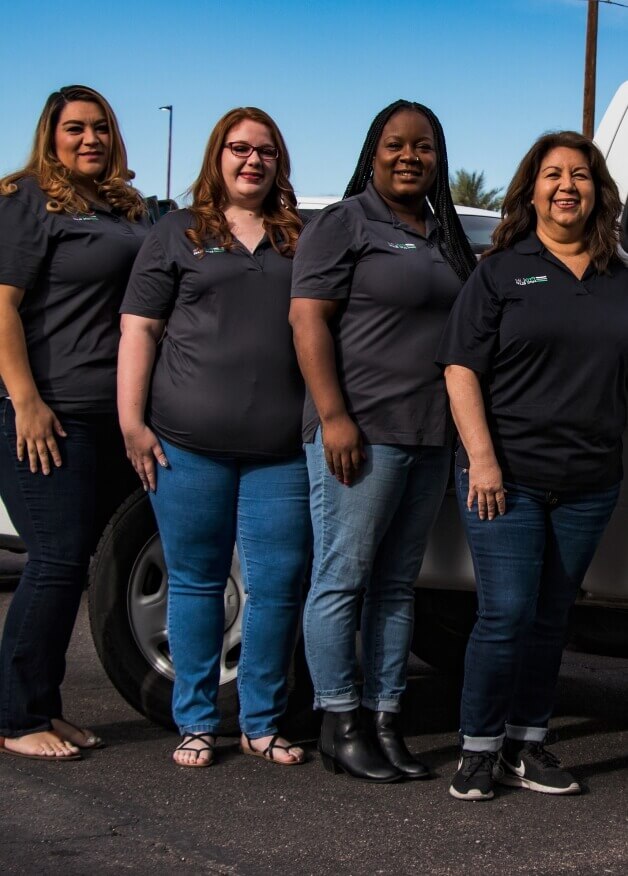Arizona’s dry and sunny climate often wreaks havoc on both your windshield, as well as side and rear auto glass. That’s mainly because of our extreme heat, that reduces the structural integrity of your windshield, when combined with blasts from your AC. This happens because the windshield is effectively “trapped” between two temperature extremes. Unfortunately, this happens to all types of windshield glass, and it’s just a part of living in Arizona. The most troublesome part about this is that with your windshield weakened, it’s more likely to chip or crack from impacts that would otherwise be negligible.
But what can you do when your auto glass breaks? Well, one option is to attempt a repair yourself, but if you’re not experienced with using drills, or with handling windshield repairs, we really don’t advise this, as you can damage the glass further. Instead, give your auto glass shop of choice a phone call, as expert technicians know how to handle all types of windshield glass. And speaking of that, let’s get right into the specifics.
The Types of Automotive Glass
Over the decades, car safety glass changed dramatically, but its purpose remained as a steadfast protector against the natural elements and flying debris. Here are a few auto glass options of the past and the present:
- All-Glass — An earlier prototype during the early 1900’s, this type proved to be quite dangerous, because it shattered easily.
- Tempered Glass — This option was better, but still too fragile to be considered completely safe; as such, auto-glass inventors continued to look for a better alternative.
- Laminated Glass — This is the choice of current times, and used in all vehicle; the three-layered protection system of modern windshields guarantees that even in case of a crash, it’s not going to shatter inwards and cause more harm than good.
How Are Windshields Made?
With the advancement of technology, the process steadily improved over time as well, but the base materials remained the same. Here is a brief list of what is used to form a windshield:
- Cullet
- Soda Ash
- Silica Sand
- Limestone
- Dolomite
- Water
Silica makes up the majority of the material for all types of windshield glass, but additional, minuscule amounts, of potassium oxide and aluminum oxide may be added to the mixture. The following is a quick description of what it takes to manufacture durable auto glass:
- First, the ingredients are combined in a tank. It is then heated until it becomes molten.
- Next, the glass mixture is transferred through a short but wide tank into a metal tin, where it floats in a still molten state.
- Afterward, rollers move the mixture into the next chamber, called the lehr. The glass is left there to cool down.
- Diamond cutting tools are used to size the glass to very precise speficications. After shaping and tempering the glass, it is placed into a curved mold and re-heated. Once it reaches a malleable consistency, it’s given the appropriate form, and jets are used to cool it back down. The procedure hardens and tempers the glass, strengthening it, not unlike a blacksmith tempering steel.
- Lastly, the tempered glass sheets are placed on either side of polyvinyl butyral. All the layers are heated inside an autoclave, causing the butyral to become transparent, and then the three layers are fused into one single sheet of laminated glass. And, that’s how windshields are made!
Handling Windshield Chips or Cracks
As you now know, the whole process of making a top-quality windshield involves quite a bit of know-how, as well as extensive quality control. Additionally, all windshields must adhere to strict OEM specifications, or otherwise they will never become readily available on the market.
If your auto glass has become the collateral damage of flying debris, do not postpone its repair, as the damage will progresively get worse. If you’d like to work with us, for $0 Out-of-Pocket cost no less, our friendly customer care team awaits your call at (480) 525-6554.

